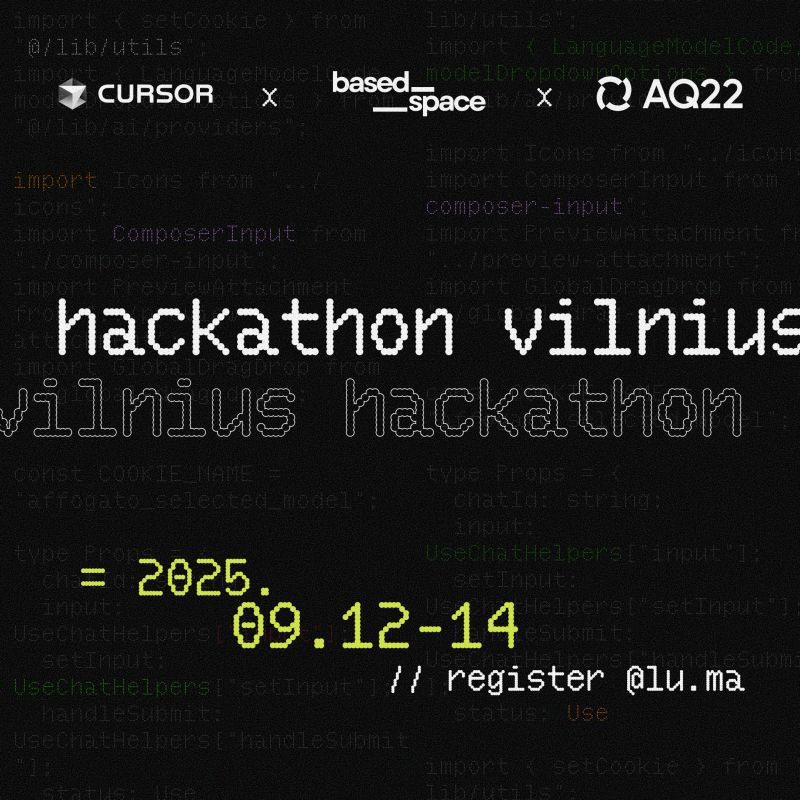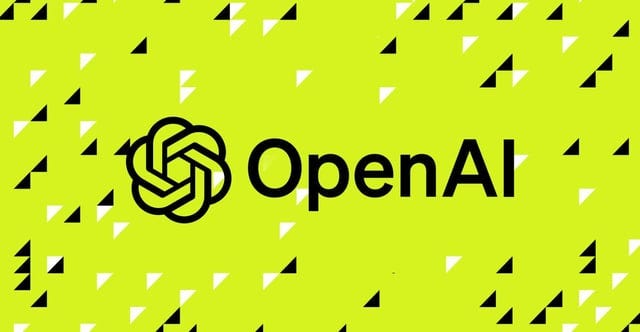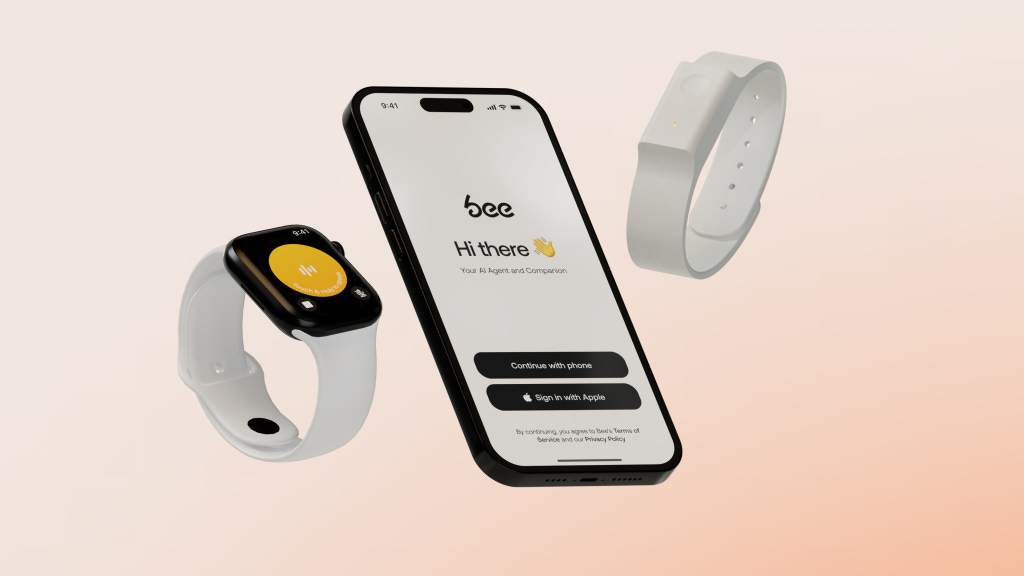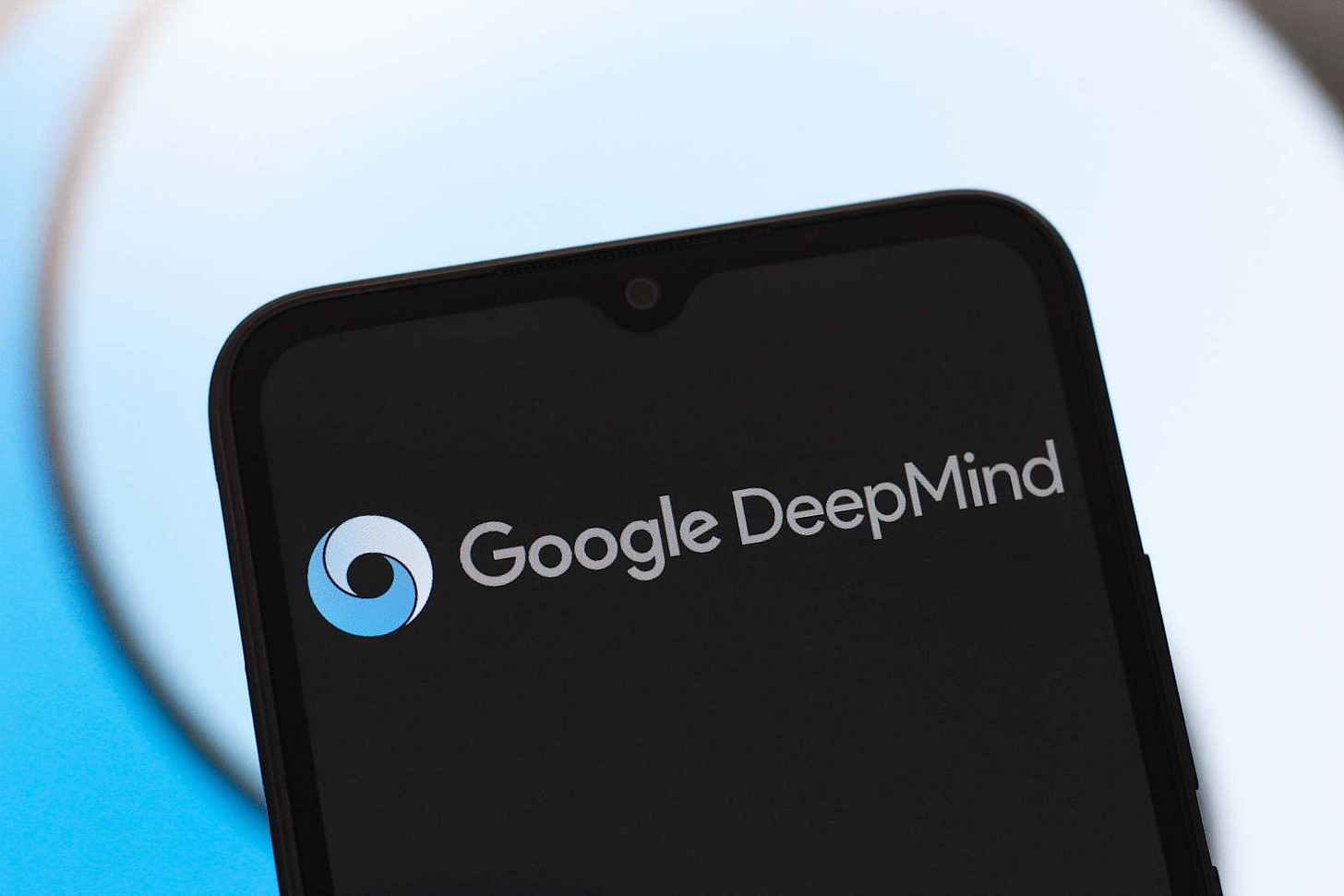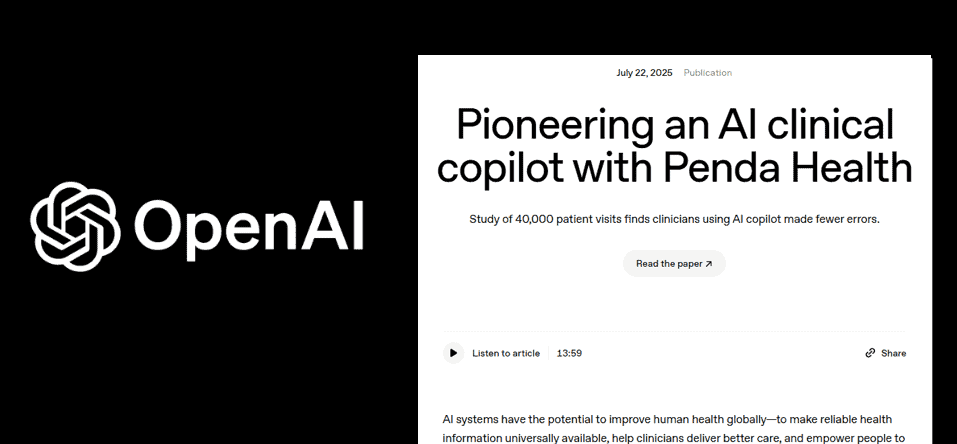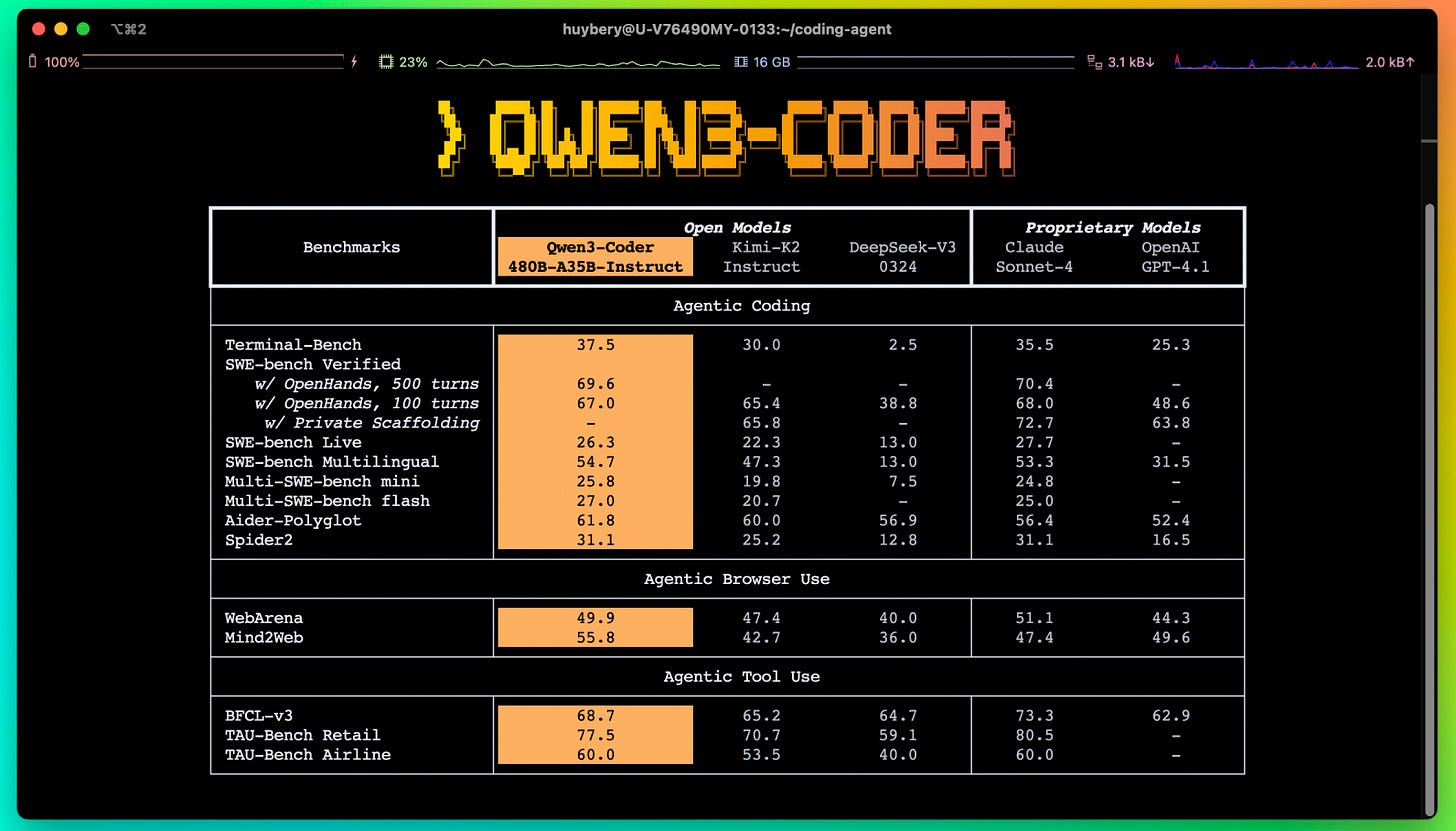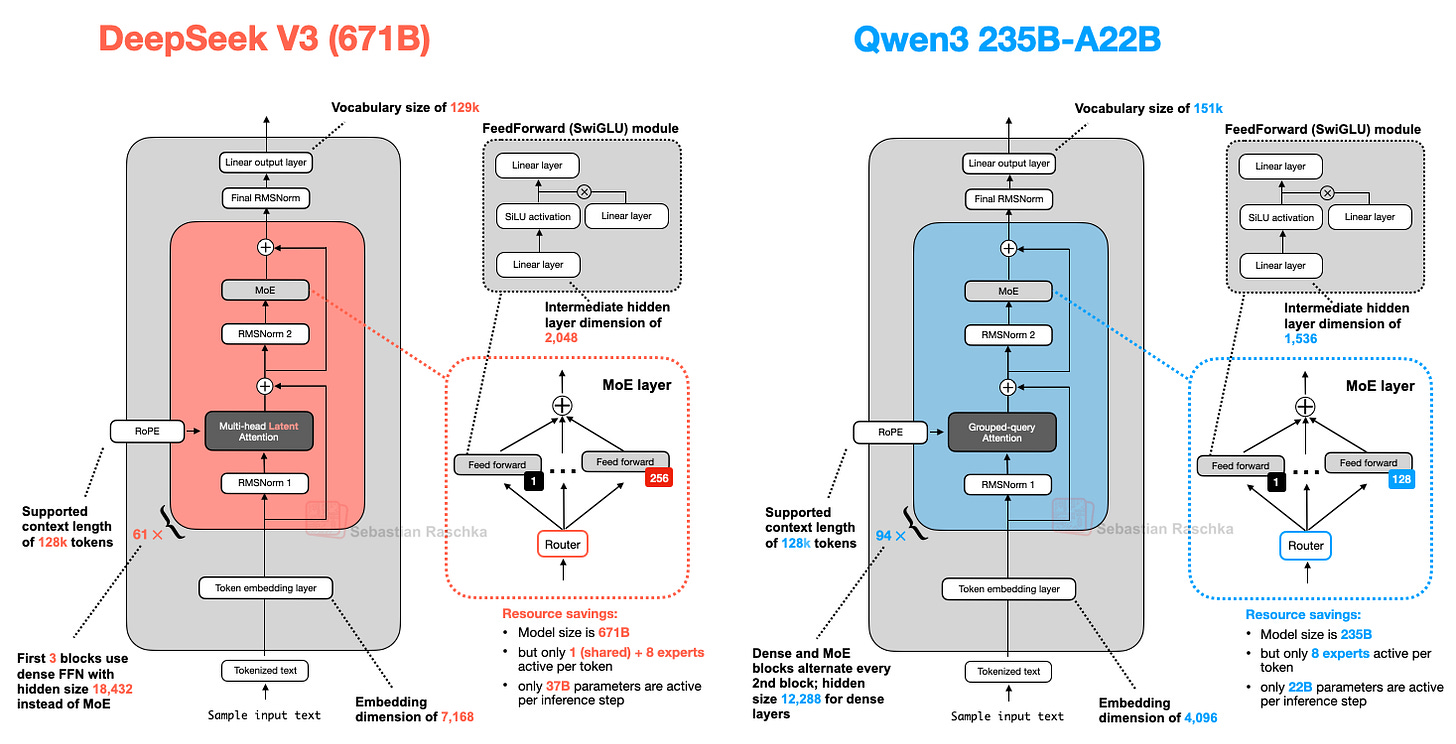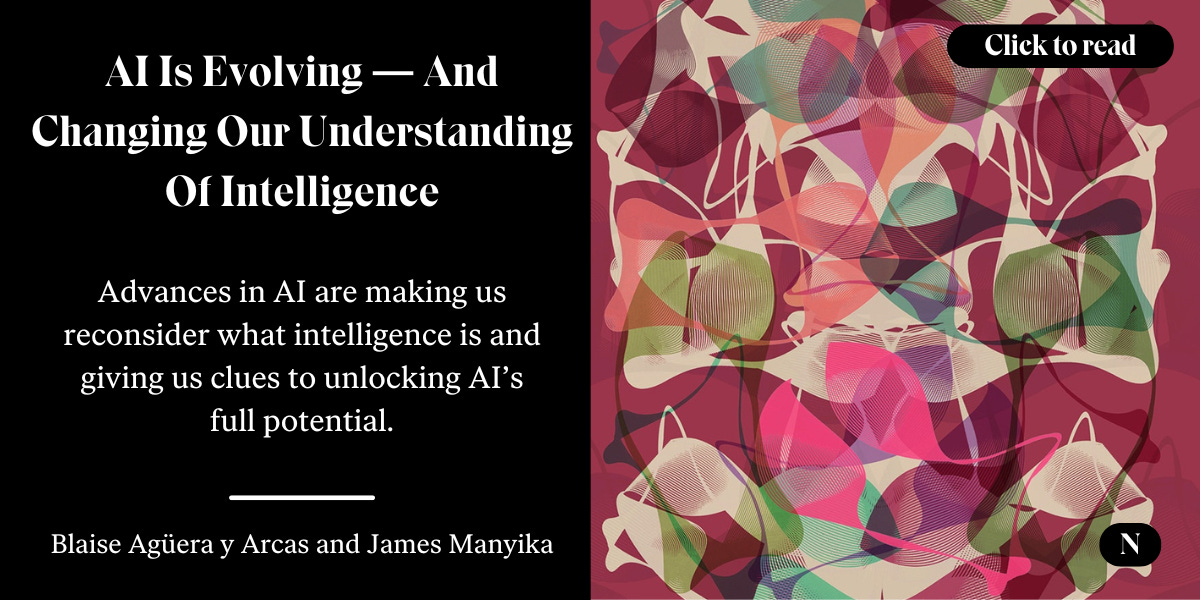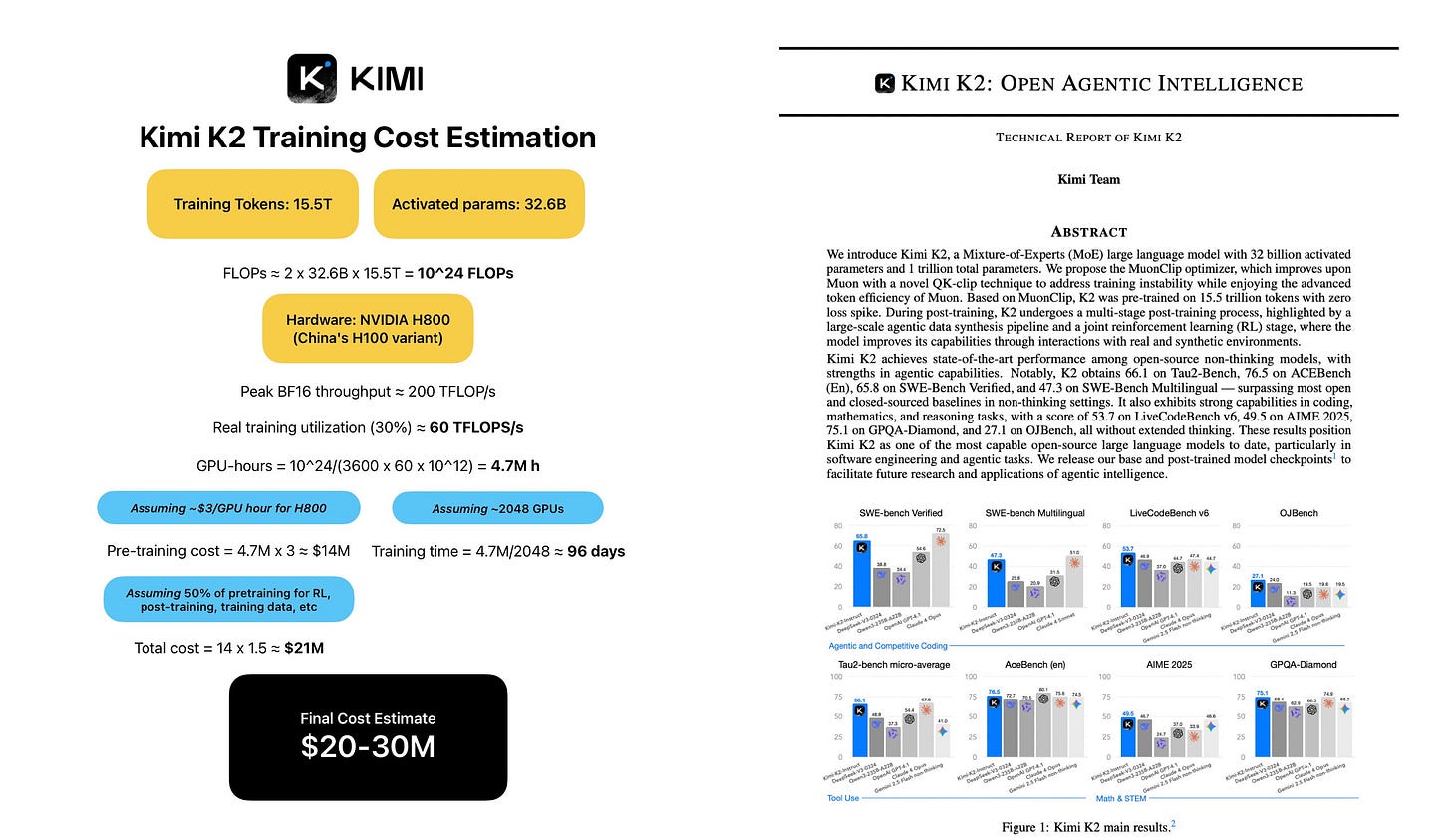Cursor Hackathon in Vilnius🇱🇹 GPT-5 in August🧠 OpenAI and Google wins gold medal at IMO🥇 Cursor for dating❤️Qwen-3 Coder🧑💻 Voxtral🎤 and OpenAI and Oracle 30B deal 💰
AI Connections #61 - a weekly newsletter about interesting blog posts, articles, videos, and podcast episodes about AI
Cursor Hackathon is coming to Vilnius! 🇱🇹
I'm thrilled to announce the launch of a new event series by Cursor (Anysphere), in collaboration with basedspace and AQ22.
🗓️ Save the date: September 12–14
📍 Location: Vilnius
💻 Theme: Build startups, experiment with ideas, and just code using Cursor.
If you haven’t tried Cursor yet, it’s hands-down the best AI programming tool out there. It’s been a game-changer for me in prototyping, launching ideas, and building new businesses. We want to show how accessible it is to go from idea to → working product in just a weekend.
🔥 Expect:
• Talks from Cursor and Lithuanian startup founders
• Mentorship sessions
• Demos, coding, team formation
• A weekend of creativity, community, and shipping cool things
🚀🚀🚀 REGISTER 👨🚀👨🚀👨🚀
TOP 3 NEWS IN AI THIS WEEK💎
“OpenAI GPT-5 is coming early next month” - article by Axios: READ
This article shares exciting news about OpenAI’s upcoming release of GPT-5, which is expected to arrive in August. It promises to be much more powerful, especially in areas like reasoning and coding. Alongside it, smaller versions and maybe even a long-awaited open-weight model are also on the horizon, highlighting an exciting burst of competition in the U.S.-China AI race.
“OpenAI agreed to pay Oracle $30B a year for data center services” - article by TechCrunch: READ
This article is about OpenAI confirming its massive $30 billion-per-year cloud deal with Oracle, part of the joint Stargate project to build a 4.5-gigawatt AI data center in Texas—roughly equivalent in power to two Hoover Dams—which dwarfs OpenAI’s current $10B revenue and underscores the scale and ambition of its infrastructure expansion plans.
“Amazon acquires Bee, the AI wearable that records everything you say” - article by TechCrunch: READ
This article about Amazon’s acquisition of AI wearables startup Bee highlights a major shift in Amazon’s strategy toward affordable, always-on, AI-powered assistants — signaling its move beyond home speakers into ambient, wearable intelligence that records conversations to generate reminders, with privacy tradeoffs still under scrutiny.
READING LIST 📚
“Advanced version of Gemini with Deep Think officially achieves gold-medal standard at the International Mathematical Olympiad” - blog post by Google DeepMind: READ
This article discusses Google DeepMind’s Gemini Deep Think model achieving a gold-medal score (35/42) at the 2025 International Mathematical Olympiad, solving 5 of 6 problems in natural language within the time limit. This marks a major leap from last year’s silver-level AlphaGeometry and AlphaProof systems, illustrating how parallel reasoning, reinforcement learning, and curated math data drive AI toward expert-level problem-solving.
“Pioneering an AI clinical copilot with Penda Health” - blog post by OpenAI: READ
This blog post is about a large-scale study by OpenAI and Penda Health that shows an AI clinical copilot—integrated into the workflow of 15 primary care clinics in Kenya, reduced diagnostic errors by 16% and treatment errors by 13% across nearly 40,000 patient visits, demonstrating that real-world AI deployment, not model performance, is now the key barrier to improving healthcare outcomes.
“Qwen3-Coder: Agentic Coding in the World” - blog post by Qwen: READ
This blog post about Qwen3-Coder introduces Alibaba’s most agentic open-source coding model yet — a 480B Mixture-of-Experts LLM with 256K+ context, advanced tool-use via reinforcement learning, and SOTA performance in long-horizon agentic coding tasks.
“Building and evaluating alignment auditing agents”- blog post by Anthropic: READ
This blog post discusses the development and evaluation of three autonomous agents for alignment auditing, designed to identify hidden goals, behavioral issues, and unsafe patterns in large language models (LLMs).
“AI Market Clarity” - blog post by Elan Gil: READ
This blog post is about how several AI markets, such as LLMs, coding, legal, medical scribing, customer service, and search, have recently crystallized with clear short-term leaders, while new high-potential sectors like accounting, compliance, financial tools, sales agents, and security are emerging; Elad Gil argues that success in these markets will hinge not just on model capability but on team, GTM strategy, and the shift toward agentic workflows and AI-driven organizational redesign.
“The Big LLM Architecture Comparison” - blog post by Sebastian Raschka: READ
This article is about architectural trends in modern LLMs—from DeepSeek-V3 and Llama 4 to Kimi K2 and Qwen3—highlighting how today’s top models increasingly rely on Mixture-of-Experts (MoE), memory-efficient attention mechanisms (like Multi-Head Latent Attention and sliding window attention), and advanced normalization strategies (like QK-Norm and RMSNorm placement) to boost performance, reduce inference cost, and scale efficiently, with MoE and agentic readiness emerging as defining features of the 2025 LLM landscape.
“AI Is Evolving — And Changing Our Understanding Of Intelligence” - blog post by Noema: READ
This article by Google leaders Blaise Agüera y Arcas and James Manyika discusses five key paradigm shifts changing how we understand intelligence in AI: (1) seeing computation as a natural process in biology and physics; (2) designing neural hardware that mimics brain efficiency; (3) emphasizing prediction as central to intelligence, as shown by large language models; (4) viewing Artificial General Intelligence (AGI) as already emerging; and (5) adopting collective intelligence among humans and machines. It argues that AI challenges our “intelligence geocentrism” and introduces new definitions rooted in computation, evolution, and social coordination.
NEW RELEASES 🚀
Cupidly - Cursor for Dating: TRY
Anthropic released a new feature called subagents. Subagents let you create teams of custom agents, each designed to handle specialized tasks: TRY
RESEARCH PAPERS 📚
“Deep Researcher with Test-Time Diffusion” - research paper by Google: READ
This research paper is about TTD-DR (Test-Time Diffusion Deep Researcher), a new LLM-based agent framework that treats research report generation as an iterative diffusion process—starting from a draft and refining it through retrieval-informed "denoising" steps—leading to superior performance on complex research tasks by mimicking human-like cycles of search, reasoning, and revision.
“Inverse Scaling in Test-Time Compute”- research paper by Anthropic: READ
This research paper discusses how increased reasoning length in Large Reasoning Models (LRMs) can hurt performance, showing inverse scaling in tasks like counting, regression, and deduction. The authors identify five failure modes, distraction, overfitting, and amplified misalignment, emphasizing the importance of evaluating reasoning depth to mitigate risks in advanced AI systems.
“Voxtral”- research paper by Mistral: READ
This research paper is about Voxtral Mini and Voxtral Small, two multimodal audio-text chat models that achieve state-of-the-art performance on audio understanding benchmarks while maintaining strong text capabilities; notably, Voxtral Small runs locally with a 32K context window and supports long audio inputs and conversations, and both models are open-sourced under the Apache 2.0 license.
“Kimi K2: Open Agentic Intelligence”- research paper by K2: READ
This research paper is about Kimi K2, a 1-trillion-parameter Mixture-of-Experts LLM with 32B active parameters per inference, trained using the novel MuonClip optimizer to ensure stability and efficiency across 15.5T tokens; it achieves state-of-the-art performance among open-source non-thinking models, particularly excelling in agentic, coding, math, and reasoning tasks, and is released with open checkpoints for further research in agentic intelligence.
VIDEO 🎥
OTHER 💎
Meta’s new research turns muscle signals from your wrist into seamless device control, making gesture-based computing more natural, intuitive, and hands-free than ever.



